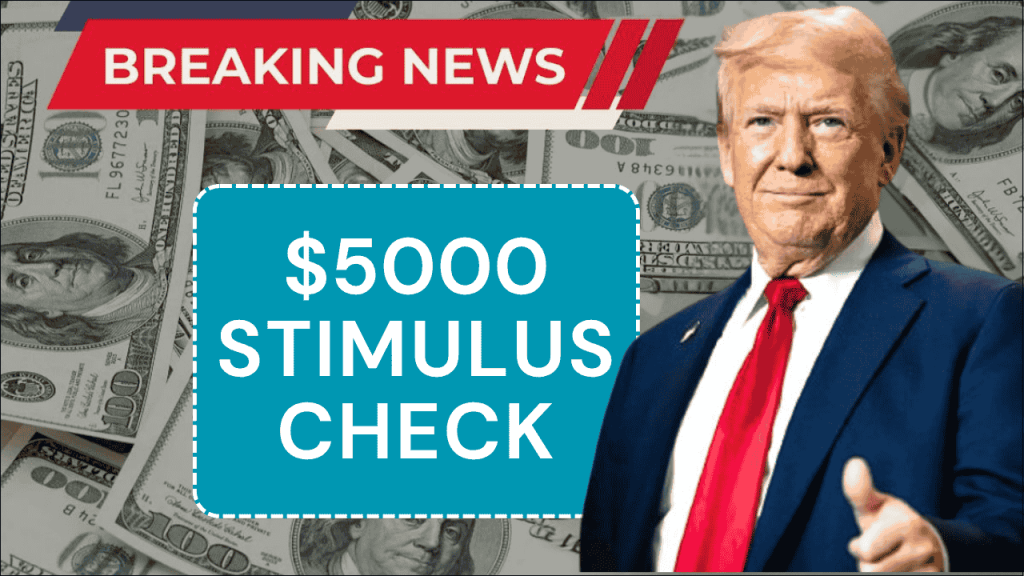
The concept of $5,000 stimulus checks has generated significant buzz after being promoted by President Donald Trump and Elon Musk in early 2025. Known as the “DOGE Dividend,” this proposal differs dramatically from previous COVID-era stimulus payments in both funding mechanism and eligibility requirements.
The proposal emerged from James Fishback, CEO of investment firm Azoria, who suggested returning a portion of government savings to taxpayers. Unlike previous stimulus payments funded through deficit spending, this dividend would be financed through actual federal budget cuts.
However, significant obstacles remain between this proposal and actual payments reaching American households. Understanding the reality behind the headlines is crucial for taxpayers considering their financial planning.
Proposal Overview and Funding Mechanism
| Aspect | Details | Status |
|---|---|---|
| Proposed Amount | $5,000 per household | Theoretical calculation |
| Funding Source | 20% of DOGE budget cuts | Dependent on savings |
| Total Required Savings | $2 trillion in cuts | Ambitious target |
| Eligible Households | 79 million tax-paying households | Restricted eligibility |
| Congressional Approval | Required by law | Not yet introduced |
| Current Likelihood | Very low | Multiple obstacles |
Current Status and Political Reality
As of June 2025, no formal legislation has been introduced in Congress to authorize DOGE dividend payments. This represents a fundamental obstacle, as Congressional approval is constitutionally required for any distribution of federal funds.
The political landscape has shifted significantly since the proposal’s initial promotion. Elon Musk’s departure from his DOGE leadership role has weakened the initiative’s momentum within the administration.
House Speaker Mike Johnson has reportedly expressed skepticism about the dividend concept, preferring that any government savings be directed toward paying down the national debt rather than distributed as payments.
Political Challenges
| Challenge | Impact Level | Resolution Likelihood |
|---|---|---|
| Congressional Authorization | High | Uncertain |
| Leadership Changes | Medium | Ongoing |
| Speaker Opposition | High | Low |
| Legislative Priority | Medium | Low |
Eligibility Requirements and Limitations
The DOGE dividend proposal includes strict eligibility criteria that would exclude many Americans from receiving payments. Unlike previous stimulus checks that reached most citizens, this proposal targets only “net payers of federal income tax.”
This requirement means individuals must pay more in federal taxes than they receive back through refunds and credits. The restriction would effectively exclude most Americans earning under $40,000 annually.
Eligibility Breakdown
| Income Level | Tax Status | Eligibility | Estimated Exclusion |
|---|---|---|---|
| Under $40,000 | Typically owe no federal tax | Excluded | ~60 million households |
| $40,000-$75,000 | Mixed tax obligations | Partial eligibility | Variable |
| Over $75,000 | Usually net tax payers | Likely eligible | ~79 million households |
| Retirees | Limited income | Mostly excluded | Significant portion |
Actual Savings vs. Ambitious Goals
The feasibility of $5,000 payments depends entirely on DOGE achieving massive budget cuts. Current progress falls significantly short of stated objectives.
According to DOGE’s own tracking, the department has claimed approximately $175 billion in savings as of mid-2025. This represents less than 9% of the $2 trillion target needed for substantial dividend payments.
Savings Reality Check
| Target vs. Reality | Amount | Percentage of Goal |
|---|---|---|
| DOGE Target | $2 trillion | 100% |
| Current Claims | $175 billion | 8.75% |
| Realistic Projection | $300-500 billion | 15-25% |
| Potential Payment | $2,200 per household | 44% of promised amount |
Economic Concerns and Expert Analysis
Financial experts have raised significant concerns about the economic impact of large stimulus-style payments in the current environment. Unlike the pandemic period when the economy required support, current conditions present different challenges.
Inflation remains above the Federal Reserve’s target rate, leading economists to worry that injecting hundreds of billions into consumer spending could reignite inflationary pressures.
Economic Impact Assessment
| Factor | Current Status | Stimulus Risk | Expert Recommendation |
|---|---|---|---|
| Inflation Rate | Above Fed target | High | Avoid stimulus |
| Employment | Near full employment | Medium | Focus on productivity |
| Consumer Spending | Strong | Low | No additional boost needed |
| National Debt | Record levels | High | Prioritize debt reduction |
Timeline and Realistic Expectations
The timeline for potential DOGE dividend payments remains entirely speculative, with no official dates announced or legislative schedule established.
Even if Congressional support materialized, the complex process of implementing such a program would require substantial time for design, approval, and distribution infrastructure development.
Implementation Timeline (Hypothetical)
| Phase | Duration | Key Requirements |
|---|---|---|
| Legislative Introduction | 2-3 months | Congressional sponsor |
| Committee Review | 3-6 months | Hearings and markup |
| Floor Voting | 1-2 months | House and Senate passage |
| Implementation | 6-12 months | IRS system development |
| Distribution | 2-3 months | Payment processing |
Alternative Government Programs
While DOGE dividend payments remain uncertain, several existing and proposed programs may provide financial assistance to eligible Americans.
Citizens should focus on confirmed programs rather than speculative payments when planning their finances.
Available Assistance Programs
| Program | Eligibility | Amount | Timeline |
|---|---|---|---|
| Earned Income Tax Credit | Working families | Up to $7,430 | Annual |
| Child Tax Credit | Families with children | Up to $2,000 per child | Annual |
| State Stimulus Programs | Varies by state | $200-$1,200 | Ongoing |
| Tax Refunds | Taxpayers | Variable | February-October |
Scam Prevention and Safety
The publicity surrounding DOGE dividend proposals has created opportunities for scammers to target unsuspecting Americans with fraudulent claims about pending payments.
Citizens should be extremely cautious of any unofficial communications claiming to facilitate stimulus payments or requesting personal information.
Red Flags to Avoid
| Scam Type | Warning Signs | Protection Strategy |
|---|---|---|
| Phone Calls | Requesting personal info | Never give SSN or banking details |
| Email Phishing | Urgent payment claims | Verify through official sources |
| Social Media | Fake payment links | Only trust .gov websites |
| Text Messages | Immediate action required | Delete without responding |
Future Prospects and Recommendations
The likelihood of Americans receiving $5,000 DOGE dividend checks appears increasingly remote as practical challenges mount. Without strong Congressional support, significant budget savings, and clear economic justification, the proposal may remain political rhetoric rather than policy reality.
Financial experts recommend that Americans focus on existing tax credits, government programs, and personal financial planning rather than waiting for speculative dividend payments.
Key Recommendations:
- Maximize existing tax credits and deductions
- Stay informed through official government sources
- Avoid financial decisions based on unconfirmed proposals
- Be vigilant against stimulus payment scams
- Focus on proven assistance programs
Conclusion
While the $5,000 DOGE dividend proposal generated significant public interest, the gap between political promises and legislative reality suggests such payments are unlikely to materialize as described. The proposal faces substantial obstacles including lack of Congressional authorization, insufficient budget savings, and questionable economic timing.
Americans should remain skeptical of unofficial claims about stimulus payments and rely only on official government announcements for accurate information about federal assistance programs. The proposal serves as an important reminder of the difference between political proposals and actual policy implementation.
For those seeking financial assistance, focusing on existing tax credits, state programs, and confirmed federal assistance offers more realistic prospects than waiting for speculative stimulus payments.
Frequently Asked Questions
When will the $5,000 DOGE dividend payments be distributed?
No official payment date has been set because Congress has not authorized these payments. The proposal remains speculative without legislative approval.
Who qualifies for the DOGE dividend payments?
Only “net payers of federal income tax” would qualify, effectively excluding most Americans earning under $40,000 annually who typically don’t owe federal taxes.
Are these payments guaranteed to happen?
No, the payments are not guaranteed. They require Congressional authorization, significant budget cuts, and face substantial political and economic obstacles.
How can I protect myself from stimulus payment scams?
Only trust information from official .gov websites, never give personal information to unsolicited contacts, and verify any payment claims through the IRS or Treasury Department directly.
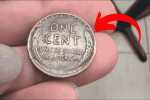


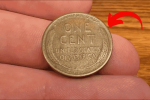
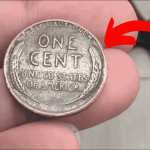
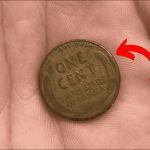

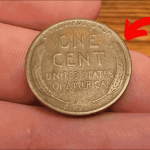




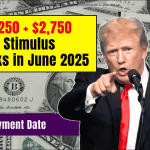

The best jokes are the ones that feel personal — comedywriter.info